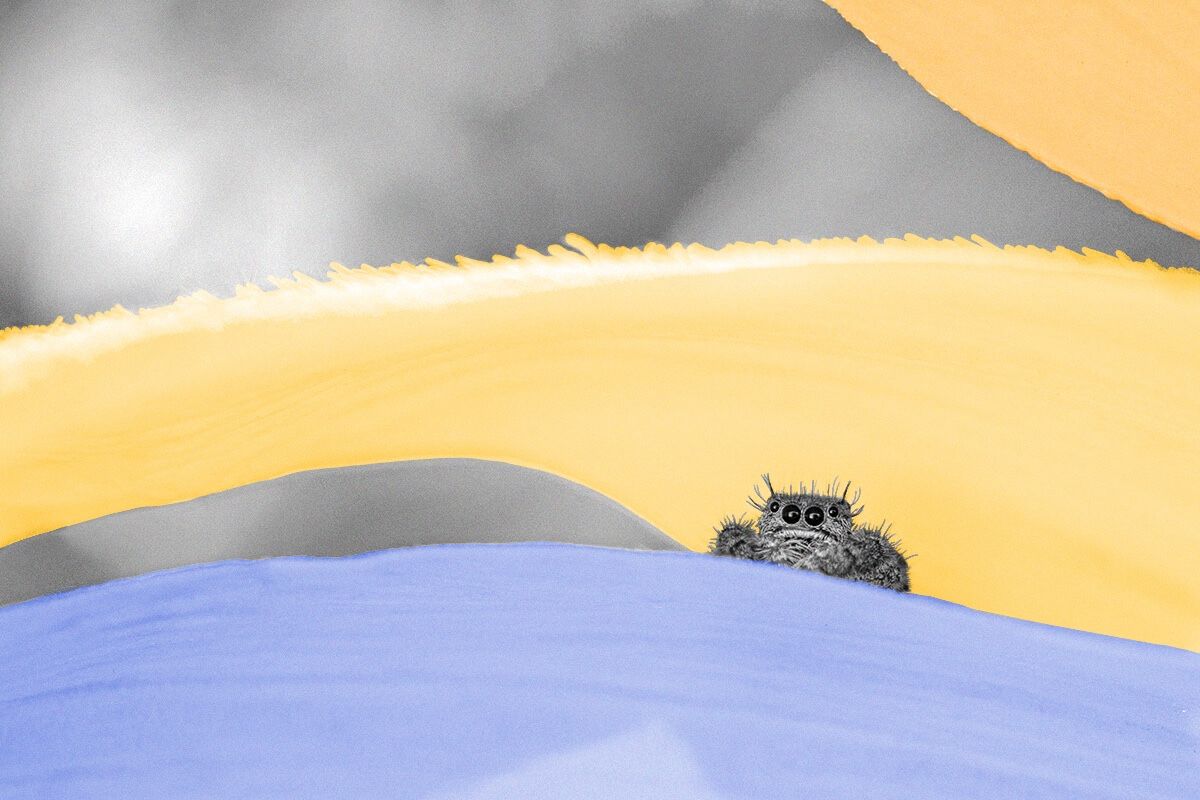
Scientists think there may be 50,000 more spider species left to discover.
Scientists have been putting names to species for hundreds of years, with Swedish botanist Carolus Linnaeus revolutionizing science with his binomial system — the foundation of modern taxonomy — in the 1750s. And while it may seem unlikely that any species could escape our gaze after centuries of searching, it turns out Mother Nature is pretty good at hide-and-seek. Today, scientists are aware of 1.7 million species, from the simple sea sponge to the gargantuan African bush elephant, yet estimates suggest there could be several million more species left to discover, or more. In fact, we may only know about 20% of all the species that are out there. Many of these yet-to-be-discovered animals live in some of the hardest-to-reach places, such as dense rainforests or the depths of the ocean. And many of them are incredibly tiny.
Take, for instance, the spider. In April 2022, scientists announced that they’d discovered their 50,000th species of spider, Guriurius minuano, a member of the Salticidae family of jumping spiders. Found in the shrubs and trees of some parts of Brazil, Uruguay, and Argentina, this spider is one of over 6,000 jumping spiders already discovered — and it won’t be the last. According to the World Spider Catalog maintained at the Natural History Museum of Bern in Switzerland, Guriurius minuano is only the halfway point, as they expect another 50,000 spiders will be discovered in the next 100 years. Thanks to evolution, genetic mutation, and the many mysteries of nature, the work Linnaeus began so many years ago may never truly end.
The world is full of itsy bitsy spiders, but those spiders have big appetites. According to some estimates, the world plays host to a collective 25 million tons worth of spiders, and a 2017 study concluded that those spiders eat between 400-800 million metric tons (485 million-970 million U.S. tons) of food a year. To put that staggering number into perspective, the total number of adult humans on Earth weighs only 287 million tons. Luckily, humans are not the target of spiders’ voracious appetites. Instead, spiders prefer insects — though lizards, birds, and even mice can also be on the menu. Let’s hope, for all our sakes, that it stays that way.

